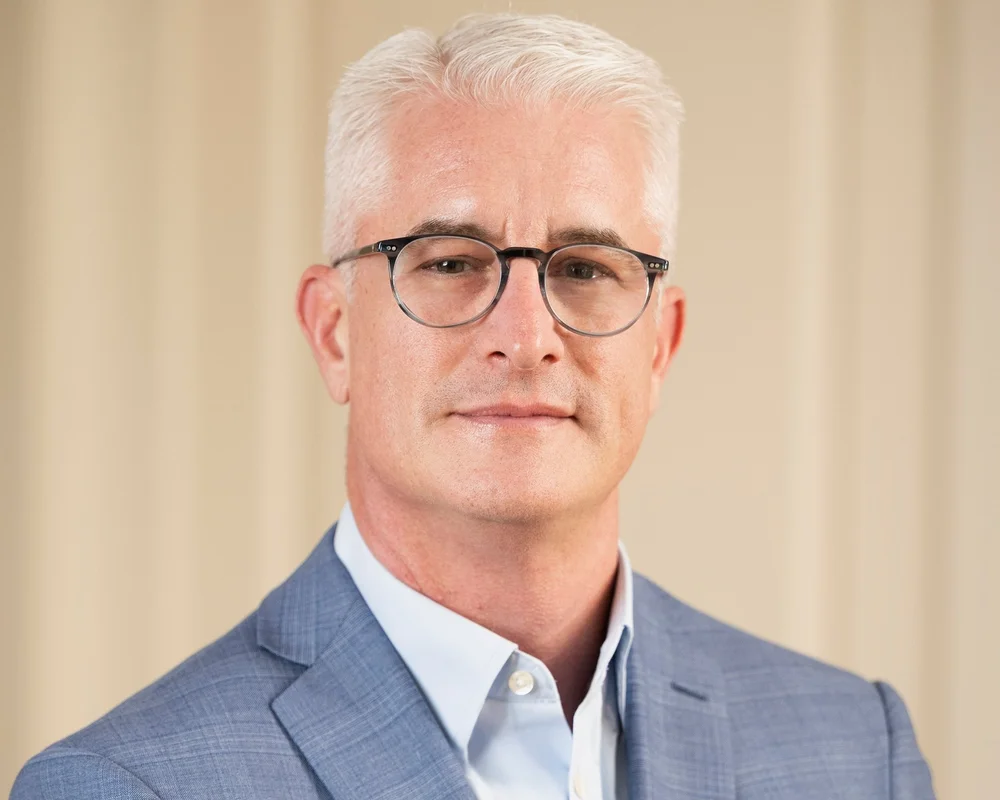 Here at Telecom Ramblings, we have followed closely the rapid development of the Ethernet Exchange from the drawing board just twelve months ago into a competitive new marketplace with at least three entrants so far. The latest of these of course is the combined effort of Telx and Neutral Tandem that was announced in June. Telx has been focusing on interconnections between networks for a long time, and therefore their move into a similar business for Ethernet networks seems like a natural one. With us today to offer Telx’s perspective on Ethernet exchanges and shed a bit more light on its plans going forward is the company’s CEO, Eric Shepcaro.
Here at Telecom Ramblings, we have followed closely the rapid development of the Ethernet Exchange from the drawing board just twelve months ago into a competitive new marketplace with at least three entrants so far. The latest of these of course is the combined effort of Telx and Neutral Tandem that was announced in June. Telx has been focusing on interconnections between networks for a long time, and therefore their move into a similar business for Ethernet networks seems like a natural one. With us today to offer Telx’s perspective on Ethernet exchanges and shed a bit more light on its plans going forward is the company’s CEO, Eric Shepcaro.
TR: Telx has been in the interconnection business for a long time now. When did you start seriously looking at adding a commercial Ethernet exchange platform?
ES: It’s been in the works for some time. Today we have about 30,000 cross connects as well as a peering platform and a video connectivity offer that leverages our interconnection business as well. We’ve been thinking about the Ethernet Exchange for about the past year. We watched orders for our physical cross connects, and over 50% of our fiber and TDM cross connects were coming as Ethernet-based. Obviously driven by things like broadband, video, mobile backhaul, and data center consolidation customers were moving toward an Ethernet fabric and it was time to launch an Ethernet exchange platform. So we announced in June, and are actively out there now bringing on charter customers and building out the framework.
TR: Telx’s Ethernet exchange is still being rolled out. Could you describe where and when it will go live?
ES: From a Telx perspective, our first sites which we are bringing up in August are New York, i.e. 60 Hudson and 111 8th Avenue. Demand for physical cross connects in support of Ethernet-based networks, was highest in New York from both the service provider market as well as the enterprise, particularly the financial services vertical. Then we will follow quickly in the 3rd and 4th quarter with Atlanta, San Francisco, and Chicago. We will immediately follow in the first quarter of 2011 in Los Angeles and Dallas.
TR: Telx and Neutral Tandem will be using the same gear and interconnecting directly. Could you describe the mechanics of that partnership?
ES: The underlying platform for both companies is the Cisco ASR9000, and we have actually purchased that equipment ourselves. We are leveraging the same gear and software for service activation, provisioning and ongoing operations as Neutral Tandem. We vetted that against several other vendors, and felt it was the most scalable, highly redundant solution purpose built for Carrier Ehternet interconnection solutions. We are integrating the portals together so customers will have a consistent user experience. We will leverage the capabilities of the joint platform to speed time to market and lower costs to enable last mile access for service provider and enterprise clients. It really is a network feature to extend that platform.
TR: Could you explain what you mean by enabling last mile access in the context of an Ethernet exchange? What gives you this capability?
ES: Connecting from the Exchange itself to an enterprise location. Because of our relationship with Neutral Tandem and its IP/MPLS backbone network, we can take that customer via an extension off their network directly to a market area that the service provider might not have connectivity to, leveraging the network Neutral Tandem has built.
TR: How does the Telx/Neutral Tandem offering differ from those of Equinix and CENX, and might they be interconnected at some point?
ES: First of all, Equinix and CENX are on totally different platforms, both went with Alcatel-Lucent – different architecture and different software. They are not offering a network extension approach either, but rather are focused on leveraging what’s inside the datacenter rather than enabling last mile access to client locations. Clearly we are competing with them, but we think we have a real differentiator both just coming onto the Telx Ethernet exchange in combination with our other connectivity products and colocation services and the combined Telx/Neutral Tandem exchange.
TR: How does Telx’s existing interconnection business give you a leg up?
ES: Because of our denseness of physical cross connects and the control of the interconnection facilities in many important US buildings. We are able to bundle in that physical cross connect if someone can’t get to someone else through a port on the Ethernet exchange. Let’s say carrier XYZ wants to connect to 10 others on the exchange, great they can buy a 10G port and fractionalize it down to a bunch of 10M or 100M for others on the exchange. But what if they also need to reach five others who are not on the exchange. We can do that via a physical connection right there.
TR: What’s the biggest hurdle Ethernet exchanges are facing right now? Are there technological issues yet to solve or is it just a matter of critical mass?
ES: I don’t think there’s anything limiting from technology point of view, I think it’s customer adoption. I really believe we’re only in the second inning of this. A lot of customers already have private NNIs or physical cross connects in place that they are used to. Many projections out there show rapid growth in this marketplace, but while we really believe in this technology we don’t expect a sudden flash cut where everyone jumps on board.
TR: Some have suggested that amongst early adopters there are more sellers than buyers. How do you see that balance developing thus far?
ES: I think there’s still a sell-side imbalance. But the more education on the benefits that service providers and enterprises get, the quicker that will change. I think buyers do understand. It’s a faster time to market with lower start up costs, they leverage our capital, and one connection gives them access to multiple providers and extensions to other facilities, and more end locations. There are benefits for both buyers and sellers, and it’s just coming together now as these exchanges are being deployed.
TR: How do you see Ethernet exchanges developing overall during the next few years? Where will they fit into the industry?
ES: We don’t see all of these as disparate platforms. We see our Ethernet exchange, video exchange, peering exchange, and physical cross connects coming together. We believe you will see the rise of the interconnection center, for all of these flavors of services.
TR: Thank you for talking with Telecom Ramblings!
If you haven't already, please take our Reader Survey! Just 3 questions to help us better understand who is reading Telecom Ramblings so we can serve you better!
Categories: Datacenter · Ethernet · Industry Spotlight






Nice reporting, Rob. Thanks. Following your original blog on Telx’s entry into this space in June, I wrote to my forum the following, which holds equal relevance today, IMO, with the hope of seeing what sticks to the wall as a mind experiment:
—
FAC: This is merely one of a growing number of Ethernet exchanges (connectivity fabrics limited to members only). Is anyone else here beginning to see a developing irony in all of this, where select groups of service providers band together to share meet-me capabilities to the exclusion of others? The very nature of an electronic communications exchange that employs open interconnection standards, be it based on IP, Ethernet or PSTN, [or ATM, FR, etc.] is to facilitate hand-offs between different providers using those same interconnection standards, in the first place.
Isn’t it a bit odd that, on the one hand, the so-called “network effect” is being enhanced through pockets of service provider organizations that enter into consortia agreements, but at the same time the more global network effect is being hindered due to barriers of entry, i.e., exclusion? To further highlight this conundrum, some exchanges are prominently incorporating descriptors like “neutral” and “open” in their names and in their products and services information.
But, isn’t any-to-any connectivity (respecting logical access controls at the IP address level, of course) the main idea behind why the Metro Ethernet Forum was originally conceived in the first place? Think about the original four or five NAPs, for example, one of which was the original “metropolitan area ETHERNET “, despite the phrase MAE (as in MAEs East and West) later changing arbitrarily to mean “metro area EXCHANGE.”
So, how much time do you give these seemingly sovereign Ethernet fabrics, or federations, before they follow in the footsteps of PSTNs, Frame Relay Nets, IP-based internets everywhere and decide to “just all get along” and become assimilated into the larger ‘network of networks’?
frank@fttx.org
——